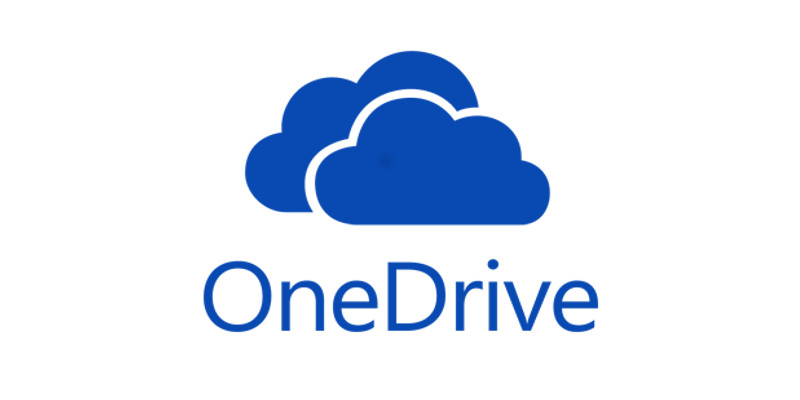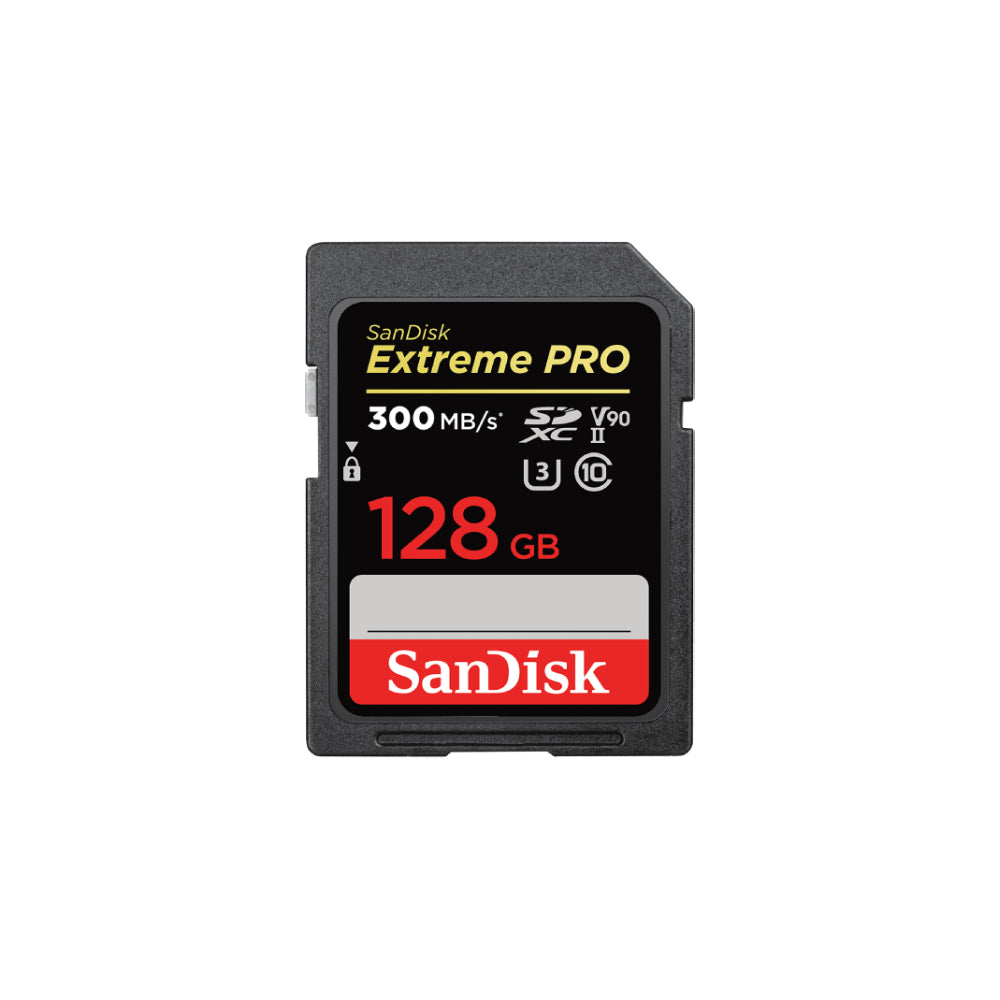# Introduction to OneDrive
In the digital age where we live, work, and play, effective file management has become a cornerstone of productivity. Microsoft’s OneDrive, built into Windows 10, is one such tool designed to seamlessly store and sync your documents, photos, and more across all your Windows devices. It’s a cloud-based storage system that can be a game-changer when used appropriately.

However, as much as OneDrive is a powerful tool, it may not always align with your personal or business preferences. Some users might find the automatic saving of files to OneDrive unnecessary or even intrusive. Understanding OneDrive’s functionality, therefore, becomes crucial in mastering the art of managing your files.
This article aims to help you take control of your file storage, particularly focusing on how to prevent Windows from automatically saving files to OneDrive, and exploring alternatives for file storage.
# Why Windows Automatically Saves Files to OneDrive
The primary reason Windows automatically saves files to OneDrive is convenience. The idea is to provide users with easy access to their files across multiple devices and locations. With OneDrive, your files are not only stored on your computer’s hard drive but also in the cloud. If your computer crashes or gets stolen, your data remains safe and accessible.
However, this feature, while designed for convenience, can also lead to some challenges. For instance, it might result in unwanted data usage, especially when dealing with large files. Additionally, some users might have privacy concerns about storing their files in the cloud. Therefore, understanding how to control where your files are saved becomes a critical skill in the modern digital landscape.
# Steps to Prevent Windows from Saving Files to OneDrive
Preventing Windows from saving files to OneDrive is a straightforward process. First, you need to open the OneDrive settings by right-clicking the OneDrive icon in the system tray and selecting ‘Settings’. Under the ‘Auto Save’ tab, you’ll find the option to change your default save location. Here, you can select ‘This PC’ instead of ‘OneDrive’ for both documents and pictures. Click ‘OK’ to confirm your changes, and voila! Your files will now be saved to your PC by default, instead of OneDrive.
It’s important to remember that these changes won’t move the files you’ve already saved to OneDrive. To move those, you’ll need to manually transfer them to your PC.
# Benefits of Controlling Where Windows Saves Your Files
Controlling where your files are saved offers several benefits. First, it puts you in charge of your data. You get to decide where your files are stored based on your comfort and convenience.
Secondly, it helps manage your device’s storage efficiently. If you’re dealing with storage constraints, saving files directly to your PC can help conserve your OneDrive storage space for files you wish to access on multiple devices.
Lastly, for those concerned about privacy, saving files directly to your PC ensures that sensitive information isn’t stored on the cloud.
# Tips for Managing Your OneDrive Storage
Even if you decide to prevent Windows from automatically saving files to OneDrive, managing your OneDrive storage effectively is still important. One tip is to regularly review and clean your OneDrive storage. Remove outdated or unnecessary files to ensure you’re utilizing your storage space efficiently.
Another tip is to use OneDrive’s ‘Files On-Demand’ feature. This allows you to access all your files without having to download them and use storage space on your device.
# Alternatives to Using OneDrive for File Storage
If OneDrive doesn’t align with your needs, there are several other cloud storage services to consider. Google Drive, Dropbox, and iCloud are all robust alternatives, each with their unique features and benefits.
Google Drive offers 15 GB of free storage and integrates seamlessly with Google’s suite of productivity tools. Dropbox is known for its simplicity and ease of use, while iCloud is ideal for those heavily invested in the Apple ecosystem.
# Troubleshooting Common Issues with OneDrive
Like any other software, OneDrive isn’t immune to issues. However, most common problems can be resolved easily. For instance, if OneDrive isn’t syncing your files, check your internet connection first. If that’s not the issue, try resetting OneDrive or updating it to the latest version.
If you’re having trouble finding your files, ensure they’re not located in the recycle bin or in a different folder. If all else fails, Microsoft offers a comprehensive OneDrive troubleshooting guide.
# Additional Resources to Master OneDrive
To truly master OneDrive, it helps to explore additional resources. Microsoft provides a wealth of information on its website, including how-to guides, FAQ sections, and community forums where you can find answers to specific questions or issues.
Online tutorials and articles can also be valuable resources. Websites like YouTube or TechRadar often have detailed guides and tips to help you make the most of OneDrive.
# Conclusion: Taking Control of Your File Storage
Mastering your file storage is more than just understanding how to use OneDrive. It’s about taking control of your data and making informed decisions about where and how it’s stored.
By preventing Windows from automatically saving files to OneDrive, you can tailor your file storage to suit your needs. Whether you choose to use OneDrive, an alternative cloud service, or simply save to your PC, the choice is yours. Ultimately, the goal is to ensure your data is stored securely, conveniently, and in a manner that best aligns with your personal or business requirements.




Leave a Reply